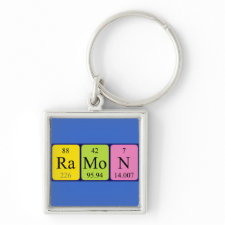
Authors: Basozabal I, Guerreiro A, Gomez-Caballero A, Aranzazu Goicolea M, Barrio RJ
Article Title: Direct potentiometric quantification of histamine using solid-phase imprinted nanoparticles as recognition elements.
Publication date: 2014
Journal: Biosensors and Bioelectronics
Volume: 58
Page numbers: 138-144.
DOI: 10.1016/j.bios.2014.02.054
Alternative URL: http://www.sciencedirect.com/science/article/pii/S0956566314001420
Abstract: A new potentiometric sensor based on molecularly imprinted nanoparticles produced via the solid-phase imprinting method was developed. For histamine quantification, the nanoparticles were incorporated within a membrane, which was then used to fabricate an ion-selective electrode. The use of nanoparticles with high affinity and specificity allowed for label-free detection/quantification of histamine in real samples with short response times. The sensor could selectively quantify histamine in presence of other biogenic amines in real wine and fish matrices. The limit of detection achieved was 1.12 x 10-6 mol L-1, with a linear range between 10-6 and 10-2 mol L-1 and a response time below 20 s, making the sensor as developed a promising tool for direct quantification of histamine in the food industry
Template and target information: histamine
Author keywords: potentiometric sensor, histamine, Molecularly imprinted polymers, Solid-phase imprinting, nanoparticles



Join the Society for Molecular Imprinting

New items RSS feed
Sign-up for e-mail updates:
Choose between receiving an occasional newsletter or more frequent e-mail alerts.
Click here to go to the sign-up page.
Is your name elemental or peptidic? Enter your name and find out by clicking either of the buttons below!
Other products you may like:
 MIPdatabase
MIPdatabase









